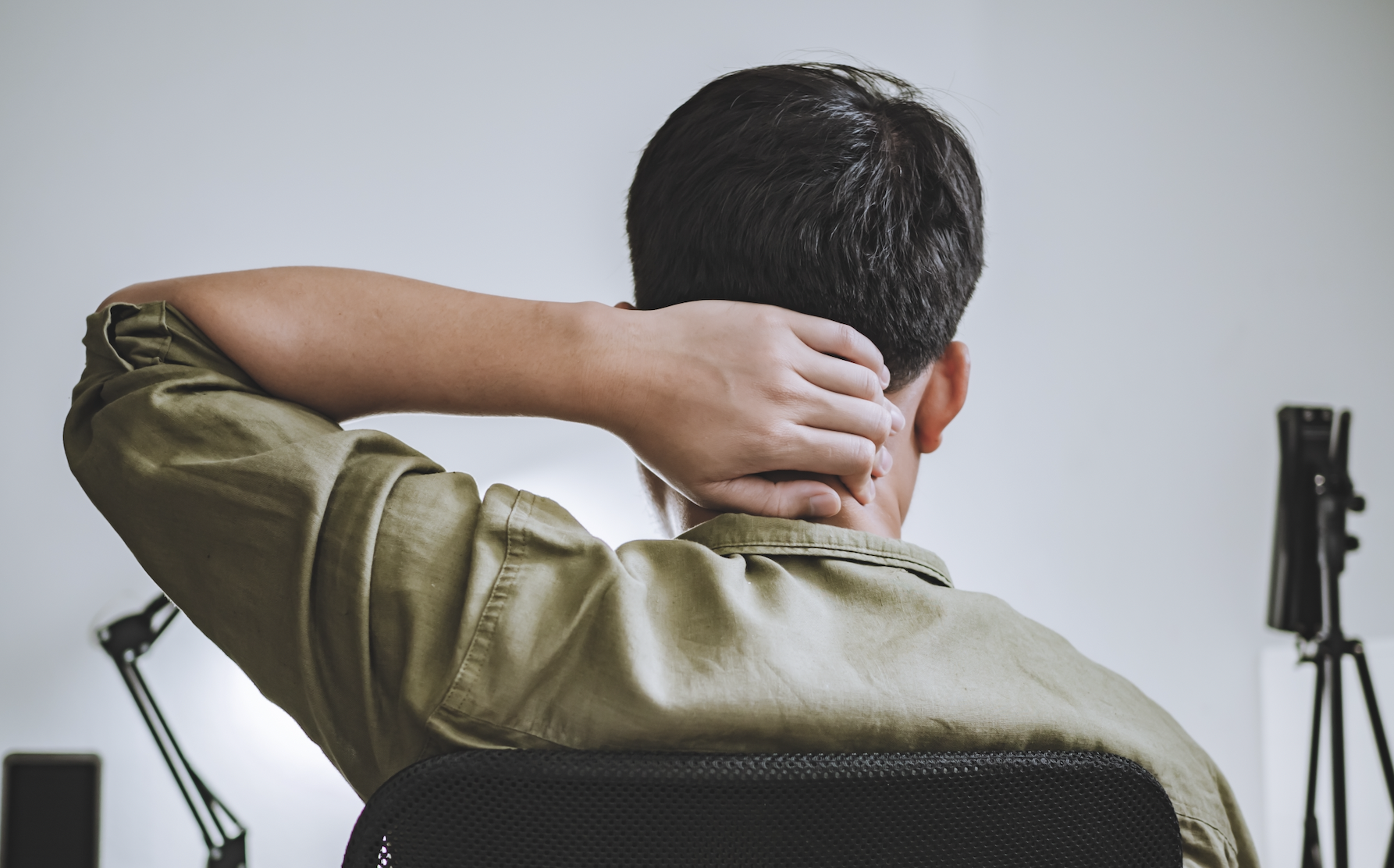When chronic back or neck pain starts interfering with your life, it’s time to explore solutions that offer real, lasting relief. One of the most innovative approaches available today is laser spine surgery—a minimally invasive…
If you’re dealing with frequent back or neck pain, your posture might be playing a bigger role than you think. Whether you’re sitting at a desk all day or scrolling on your phone for hours, poor posture can silently strain your spine—leading to discomfort, stiffness, and even long-term spinal conditions.
At Orthopedic & Laser Spine Surgery (OLSS), we help patients uncover the root causes of spine pain, and in many cases, posture is a major factor. In this article, we’ll break down how posture affects your spine and what you can do to protect your back.
How Posture Affects Your Spine
Your spine is designed to support your body’s weight and allow for movement while protecting the spinal cord. But when your posture is misaligned—whether from slouching, leaning forward, or favoring one side—it increases stress on the muscles, discs, and joints in your back.
Over time, poor posture can contribute to or worsen conditions such as:
- Degenerative disc disease
- Herniated discs
- Spinal stenosis
- Sciatica
- Chronic neck and lower back pain
Even mild misalignments can lead to muscle fatigue and inflammation that worsen over time if left untreated.
Signs Your Posture Is Hurting Your Spine
Wondering if your posture might be contributing to your discomfort? Look out for these common symptoms:
- Persistent neck, shoulder, or lower back pain
- A noticeable hunch or forward-leaning neck
- Tingling or numbness in the arms or legs
- Muscle fatigue after long periods of sitting or standing
- One shoulder or hip sitting higher than the other
If you’re experiencing any of these issues, it’s worth having your spine evaluated by a specialist. You can start by scheduling a consultation with OLSS.
The Long-Term Effects of Poor Posture
Posture-related spinal stress isn’t just about day-to-day pain—it can have serious long-term consequences, including:
- Accelerated disc degeneration
- Increased risk of nerve compression and sciatica
- Joint inflammation and arthritis
- Muscular imbalances that affect mobility and balance
- Potential need for surgical intervention
At OLSS, we emphasize early intervention to prevent more severe damage that may require treatments like laser spine surgery or spinal decompression.
How to Improve Your Posture
Small, consistent changes can go a long way in supporting your spine. Try these tips:
- Sit with your feet flat on the floor and your back fully supported
- Keep your screen at eye level to avoid neck strain
- Use ergonomic chairs and desks to promote proper alignment
- Take breaks every 30–60 minutes to stretch and move
- Strengthen your core with exercises that support spinal stability
- Avoid slumping or leaning while standing or walking
You can also work with a physical therapist to develop a posture-friendly routine tailored to your body.
When to See a Spine Specialist
If posture correction and lifestyle changes aren’t easing your pain, it may be time to explore a more in-depth evaluation. At OLSS, we offer advanced diagnostics to determine whether structural issues or spinal conditions are contributing to your symptoms.
Our team can help you develop a customized treatment plan that may include minimally invasive spine surgery, physical therapy, or other targeted solutions.
Take the First Step Toward Better Spine Health
Don’t let poor posture continue to wear down your spine. If you’re struggling with chronic pain or discomfort, the team at Orthopedic & Laser Spine Surgery is here to help.
👉 Schedule a consultation today and let us guide you toward a stronger, healthier spine—starting with your posture.

